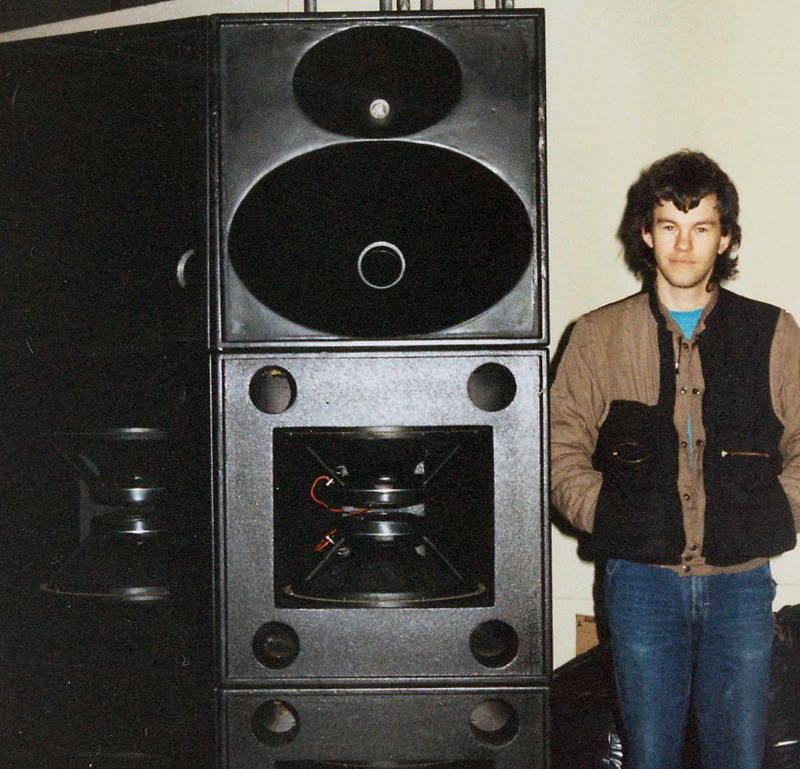
At Tour Tech East, he became more heavily involved in the design and packaging of systems. He also continued to mix, as well as tour as a system tech, but had begun to consider moving on when a longtime friend who worked at GerrAudio mentioned a potential opportunity there.
“It was perfect timing. I didn’t want to be schlepping gear around in the back of a 53-foot truck anymore, so I did an interview and moved to GerrAudio in Brockville a few months later.”
Initially it was a jack-of-all-trades situation: “They needed somebody to deal with customers, someone who understood their situation clearly and could put themselves in their position. And I could easily put myself under a stage with a Maglite in my mouth,” he adds, laughing, “but if you haven’t lived that reality that’s difficult to do. I managed technical support, inflow and outflow of various service items and issues, and did system design and commissioning.”
Shifting Gears
Over time, his job has evolved to focus more on design work and education: “I still do some technical support for our live sound related products, but the educational side is something we’re really trying to grow.”
The company offers a variety of initiatives in the educational space and for Robertson it’s a perfect fit; an effort he sees as important and one his past work continues to inform. The pace of technological change and changes in the industry in general require such initiatives.
Further, there are myriad educational resources available to up-and-coming audio professionals that weren’t available throughout much of Roberston’s career, and providing opportunities for technicians regardless of what point in they’re at in their career, he says, “will only serve to strengthen our industry and make for better shows.”
He sees the move from mixer to educator essentially as a transition from being a “behind the scenes guy” to being the “performer” of sorts.” And, like a performer, reading the audience, finding the best way to effectively communicate information and make it stick, is key.
So, too, is understanding how people use the technology he’s discussing in workshops, he adds. “It’s important to understand the context in which the participants are using technology. Some people use (Rational Acoustics) Smaart to do acoustic measurements. Others use it to tune PAs for live environments. Those are very different uses. I try and keep it as open as possible; to talk about the theory of something and then take them over to something practical, because people learn different ways. If you stick to one method of teaching exclusively, for too long, you’ll lose people.”
Unsurprisingly, he also sees teaching as another opportunity for understanding “how” and “why” – and a chance to communicate that effectively to other audio professionals. “That’s the challenge; tailoring the message to the individual, becoming a better teacher by understanding exactly where people are coming from and how they learn, and providing real world context – practical examples of what a product does to help you do a better show.”
While he remains an enthusiastic early adopter of new technology, he tempers that with an ethic related to his mixing approach of keeping things simple. “Sometimes we have to sit back and ask, ‘Why are we actually doing this? Do we need to, or are we just doing it because it has a fancy, shiny knob? New technology has to provide benefits. I’m early jumping in to try something, but I also want to ensure it doesn’t overcomplicate a given situation.”
He continues to gather hands on intelligence in that regard as often as possible. “I still mix. Meyer sponsors a festival at Niagara On The Lake called Bravo Niagara, and as Meyer representatives, GerrAudio naturally got involved,” Robertson concludes. “For a few years I didn’t actually get to do much mixing, but that’s why I started doing this and it’s still something I love.”
